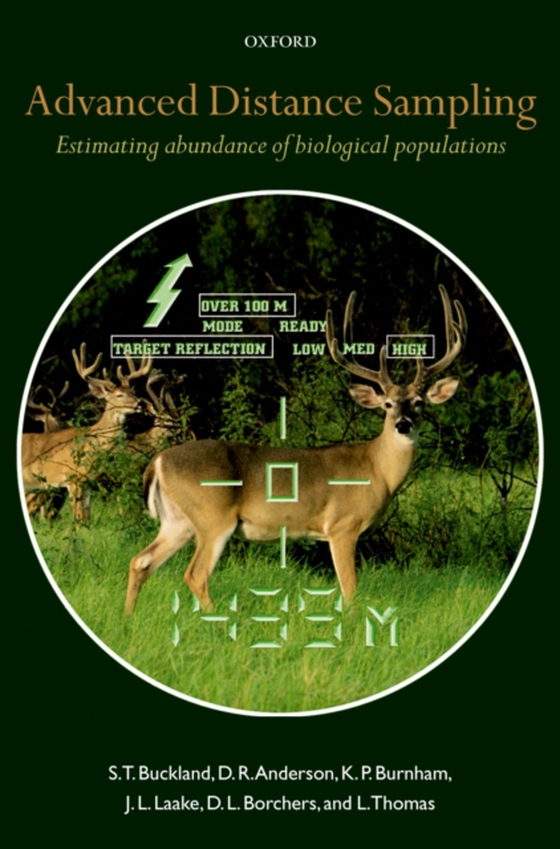
Advanced Distance Sampling e-bog
436,85 DKK
(inkl. moms 546,06 DKK)
This advanced text focuses on the uses of distance sampling to estimate the density and abundance of biological populations. It addresses new methodologies, new technologies and recent developments in statistical theory and is the follow up companion to Introduction to Distance Sampling (OUP, 2001). In this text, a general theoretical basis is established for methods of estimating animal abun...
E-bog
436,85 DKK
Forlag
OUP Oxford
Udgivet
19 august 2004
Genrer
Fisheries and related industries
Sprog
English
Format
pdf
Beskyttelse
LCP
ISBN
9780191545191
This advanced text focuses on the uses of distance sampling to estimate the density and abundance of biological populations. It addresses new methodologies, new technologies and recent developments in statistical theory and is the follow up companion to Introduction to Distance Sampling (OUP, 2001). In this text, a general theoretical basis is established for methods of estimating animal abundance from sightings surveys, and a wide range of approaches to analysis of sightings data is explored. These approaches include: modelling animal detectability as a function of covariates, where the effects of habitat, observer, weather, etc. on detectability can be assessed; estimating animal density as a function of location, allowing for example animal density to be related to habitat and otherlocational covariates; estimating change over time in populations, a necessary aspect of any monitoring programme; estimation when detection of animals on the line or at the point is uncertain, as often occurs for marine populations, or when the survey region has dense cover; survey design and automateddesign algorithms, allowing rapid generation of sound survey designs using geographic information systems; adaptive distance sampling methods, which concentrate survey effort in areas of high animal density; passive distance sampling methods, which extend the application of distance sampling to species that cannot be readily detected in sightings surveys, but can be trapped; and testing of methods by simulation, so that performance of the approach in varying circumstances can beassessed.
 Dansk
Dansk

